1 Abstract#
This technote describes the analysis and results derived from individual hardpoint breakaway tests conducted with the M1M3 surrogate.
The notebook is located in the notebooks_vandv GitHub repository.
With all steps guarded by reasonable timeouts, problems are detected if a hardpoint cannot reach the lower or upper limit switch.
CAVE: If these tests show that a hardpoint does not work as expected please report to SITCom or Systems Engineering management.
2 Hardpoint Breakaway Test Overview#
The active support system of the M1M3 includes six axial hardpoint actuators in a hexapod configuration. [Daruich et al., 2018]
The forces on the hardpoint actuators should be minimized during slews for all TMA Az and El positions.
There are two force limits to protect the mirror at all times. The fatigue limit considers stress on the glass over many movement repetitions and the breakaway limit considers one-time stress. Here the M1M3 support system behaviour at the breakaway limit and for related requirements is analysed.
The breakaway limit for each hardpoint is in the range of -4420N to -3456N for retraction and 2981N to 3959N for extension. The following steps are performed during an individual hardpoint breakaway test are shown in test case LVV-T231.
As a test step summary:
Move hardpoint in the negative (increasing tension) direction until the breakaway mechanism activates.
Move hardpoint in the positive (increasing compression) direction until the breakaway mechanism activates.
Move hardpoint downwards (increasing tension) until the breakaway mechanism activates.
Move hardpoint back to its reference position.
Wait for the hardpoint to reach its reference position.
3 Requirements and Tickets#
Associated JIRA tickets:
EPIC: SITCOM-739 M1M3 Verification with Surrogate on L3 and TMA without Motion - Data Analysis and Collection
Work ticket: SITCOM-838 M1M3 Verification - Data Analysis - LVV-T231 - Update
Main requirements document: LTS-88 LTS-88-REQ-0017-V-01: 3.7.5.1 Load Limiting Axial Breakaway Mechanism Displacement
Test case: LVV-T231 M13T-004: Individual Hardpoint Breakaway Test
Requirements in verification:
LVV-11200 LTS-88-REQ-0015-V-01: 3.7.1.3 Hardpoint Displacement Repeatability and Resolution_1
LVV-11184 LTS-88-REQ-0024-V-01: 3.7.1.7 Hardpoint Axial Breakaway Repeatability_1
LVV-11208 LTS-88-REQ-0025-V-01: 3.7.1.8 Hardpoint Stiffness Limits_1
LVV-11188 LTS-88-REQ-0019-V-01: 3.7.1.5.2 Load Limiting Axial Breakaway Mechanism Limits_1
LVV-11190 LTS-88-REQ-0020-V-01: 3.7.1.5.3 Load Limiting Axial Breakaway Mechanism Limits_1
4 List of Hardpoint Breakaway Test#
elevation |
azimuth |
Start Time |
SALIndex |
|---|---|---|---|
(deg) |
(deg) |
(YYYY-MM-DDTHH:MM:SS) |
|
0 |
-29.69 |
2023-05-30T21:26:51 |
100056 |
1 |
-29.69 |
2023-05-30T22:40:34 |
100057 |
5 |
-29.69 |
2023-05-31T00:00:10 |
100058 |
10 |
-29.69 |
2023-05-31T01:03:26 |
100059 |
20 |
153 |
2023-05-27T02:49:55 |
100036 |
20 |
153 |
2023-05-30T08:26:34 |
100047 |
40 |
153 |
2023-05-26T02:23:28 |
100034 |
89.95 |
153 |
2023-06-20T03:11:00 |
100038 |
90 |
-29.69 |
2023-05-31T05:44:14 |
100061 |
5 Hardpoint Tests and Results#
5.1 HP Test at EL = 90deg#
Test description These are results from hardpoint breakaway tests with the TMA positioned at EL=90 deg, AZ=-29.69 deg. Figure 1 shows the measured forces on the hardpoint 1 - 6 during the hardpoint breakaway test.
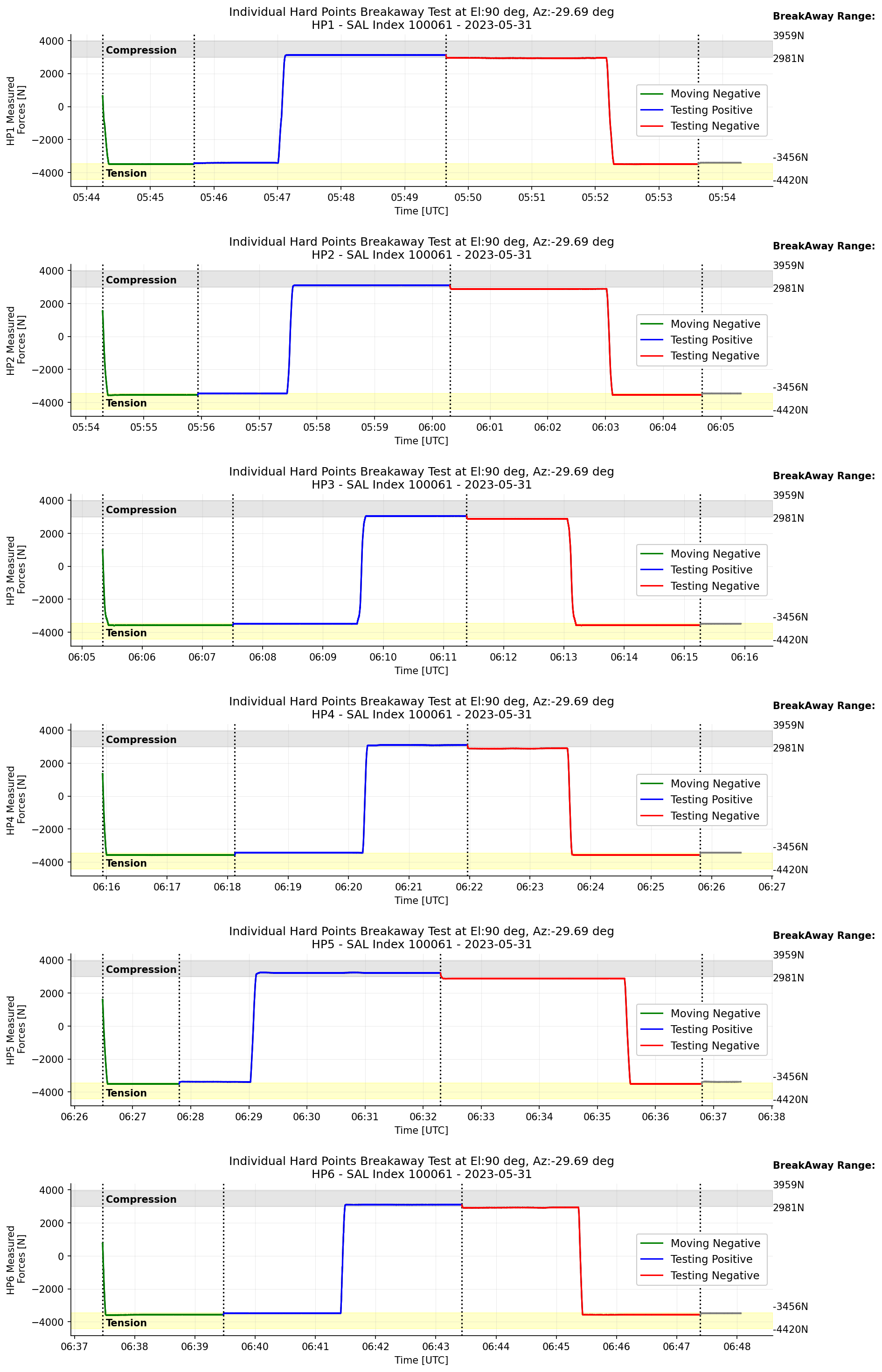
Fig. 1 Transition of the measured forces on each hardpoint when the TMA is at El=90deg.#
In Figure 2, there is a change in the measured force for each phase/status in the hardpoint breakaway test while moving negative, positive, and negative, respectively. The stiffness of each curve is fitted with +-10 points from \(\Delta\)displacement = 0 \({\mu}m\). All stiffness slopes are shallower than allowed by the specification (100N/\({\mu}m\)).

Fig. 2 \(\Delta\)Displacement versus measured forces for each phase during the hardpoint breakaway test when the TMA is at el=90deg.#
In order to check residual bumps during the hardpoint’s movements, we adopted the error function (1) to fit the measured forces with respect to \(\Delta\)displacement for active phases when the hardpoints are moving toward negative and positive directions. As hardpoints breakaway limits for each direction are different, the functions at the positive and negative in X-axes were fitted separately. The maxima of the bumps are less than 250N, which corresponds to less than 10% of the measured forces.

Fig. 3 (Left) \(\Delta\)Displacement versus measured forces for each phase during the hardpoint breakaway test fit with error function (the TMA at el=90deg). (Right) The residual, a difference between data and error function, with respect to \(\Delta\)displacement#
5.2 HP Test at el 0 deg#
Test description These are the results from the hardpoint breakaway test when the TMA was positioned at el=0 deg, az=-29.69 deg. In Figure 4, hardpoint 2 and hardpoint 5 were not moving in the positive direction.
Hardpoint 1 and hardpoint 6 both stayed in the position for testing positive for a shorter time whereas hardpoint 3 and hardpoint 4 stayed in testing negative position for a shorter time. The movement and resting behaviour of the hardpoint is depending on the position of each hardpoint.
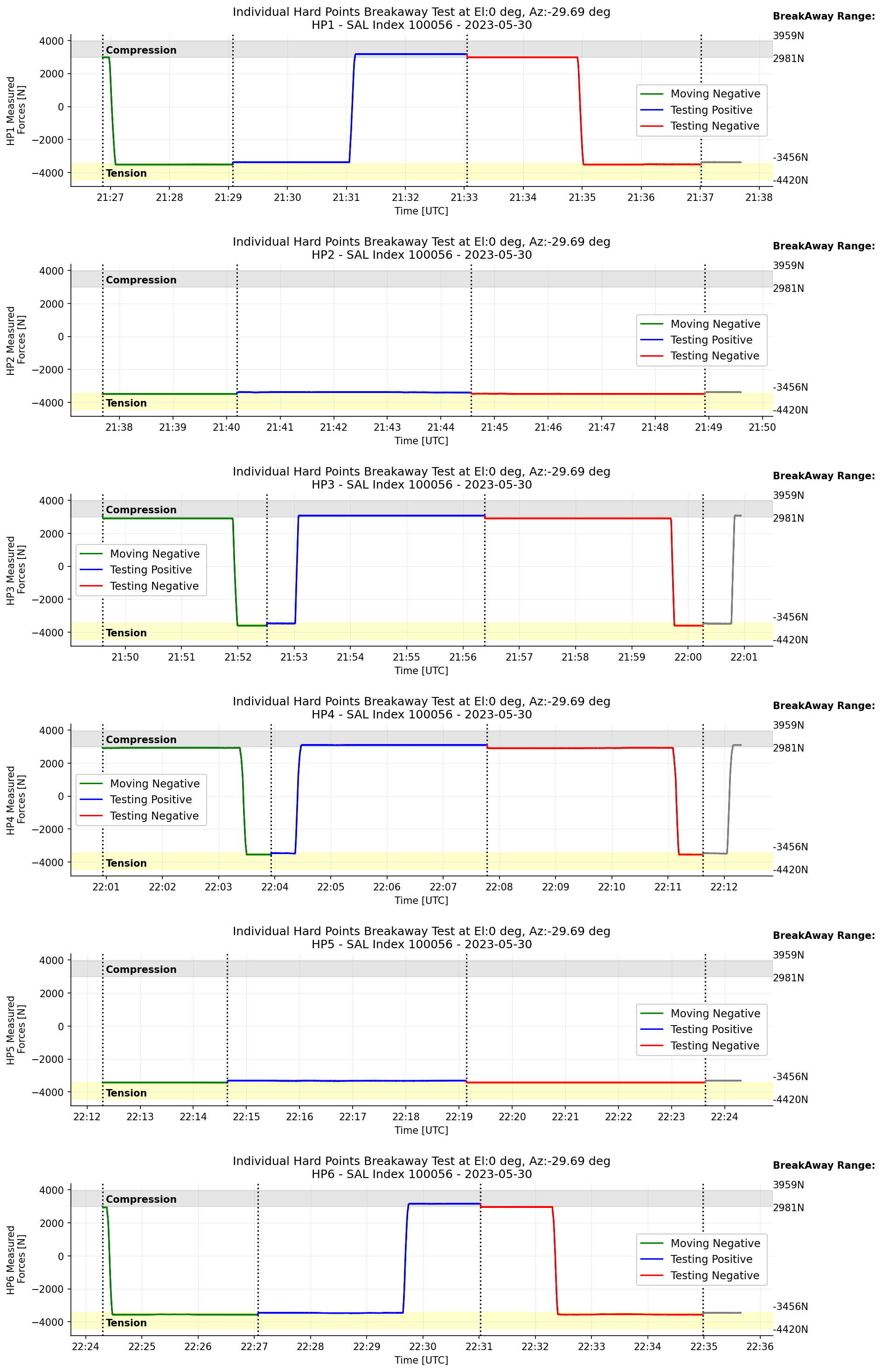
Fig. 4 Figure 4. Measured forces on each hardpoint when the TMA is at El=0deg.#
The stiffness of each curve is fitted from \(\Delta\)displacement = 0 \({\mu}m\) (Figure 5).

Fig. 5 \(\Delta\)Displacement versus measured forces for each phase during the hardpoint breakaway test when the TMA is at El=0 deg.#

Fig. 6 (Left) \(\Delta\)Displacement versus measured forces for each phase during the hardpoint breakaway test fit with error function (the TMA at El=0deg). (Right) The residual, a difference between data and error function, with respect to \(\Delta\)displacement#
5.3 HP Test at el 40 deg#
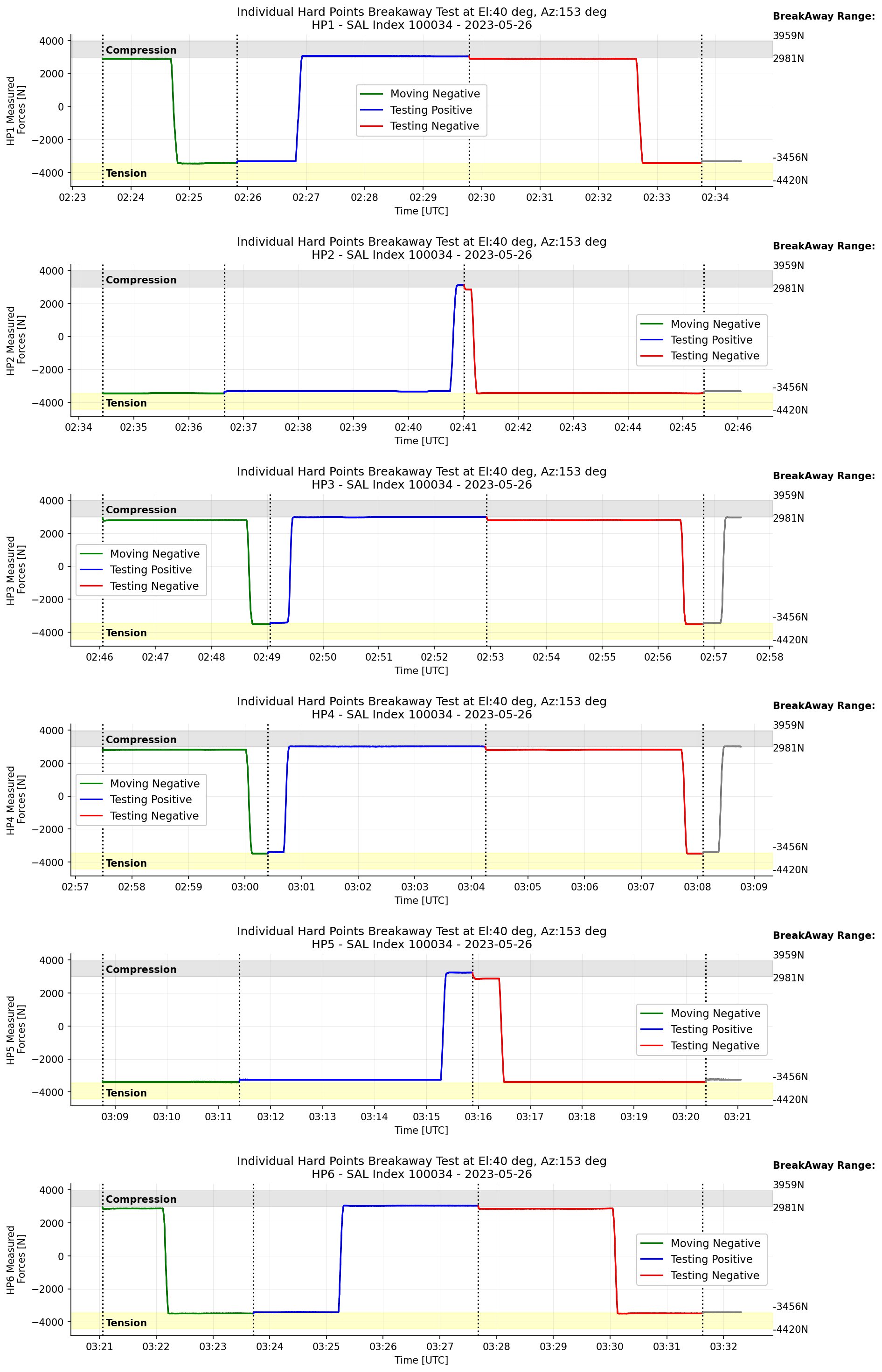
Fig. 7 Transition of the measured forces on each hardpoint when the TMA is at El=40deg.#

Fig. 8 \(\Delta\)Displacement versus measured forces for each phase during the hardpoint breakaway test when the TMA is at El=40 deg.#

Fig. 9 (Left) \(\Delta\)Displacement versus measured forces for each phase during the hardpoint breakaway test fit with error function (the TMA at el=40deg). (Right) The residual, a difference between data and error function, with respect to \(\Delta\)displacement#
5.4 HP Test at el 20 deg#
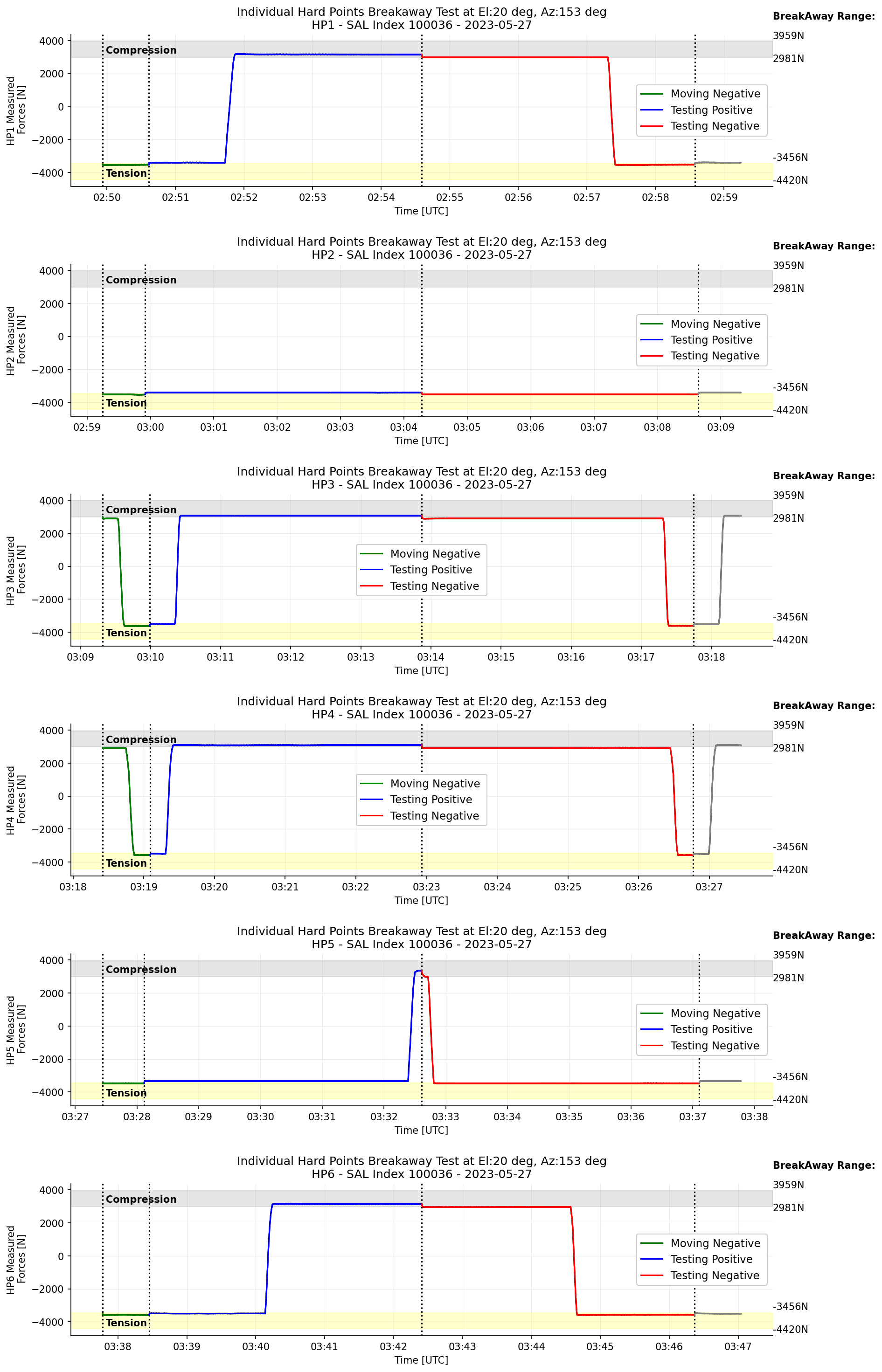
Fig. 10 Transition of the measured forces on each hardpoint when the TMA is at El=20deg.#

Fig. 11 \(\Delta\)Displacement versus measured forces for each phase during the hardpoint breakaway test when the TMA is at El=20 deg.#

Fig. 12 (Left) \(\Delta\)Displacement versus measured forces for each phase during the hardpoint breakaway test fit with error function (the TMA at El=20deg). (Right) The residual, a difference between data and error function, with respect to \(\Delta\)displacement#
5.5 HP Test at el 10 deg#
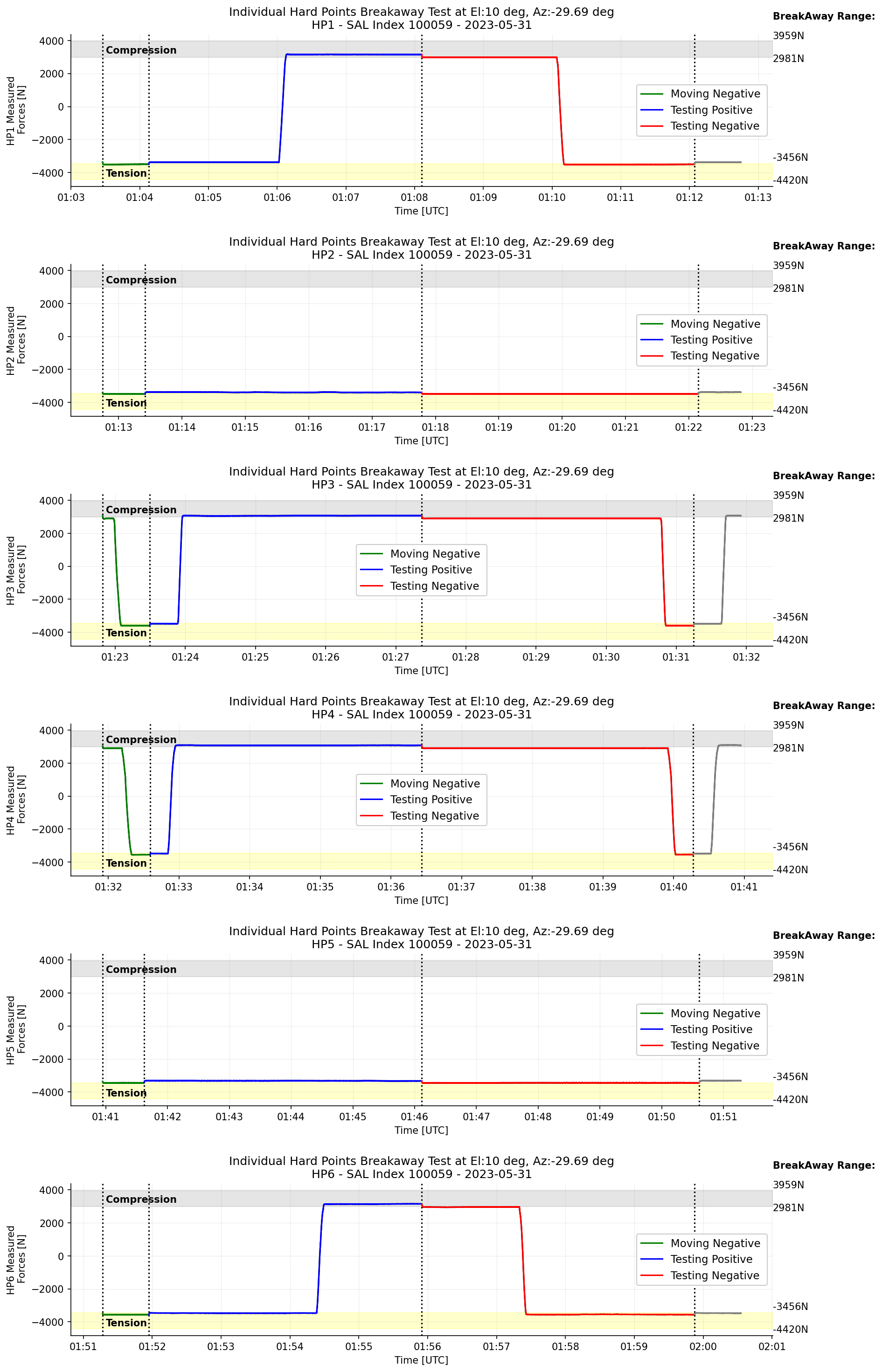
Fig. 13 Transition of the measured forces on each hardpoint when the TMA is at El=10deg.#

Fig. 14 \(\Delta\)Displacement versus measured forces for each phase during the hardpoint breakaway test when the TMA is at El=10 deg.#

Fig. 15 (Left) \(\Delta\)Displacement versus measured forces for each phase during the hardpoint breakaway test fit with error function (the TMA at El=10deg). (Right) The residual, a difference between data and error function, with respect to \(\Delta\)displacement#
5.6 HP Test at el 5 deg#
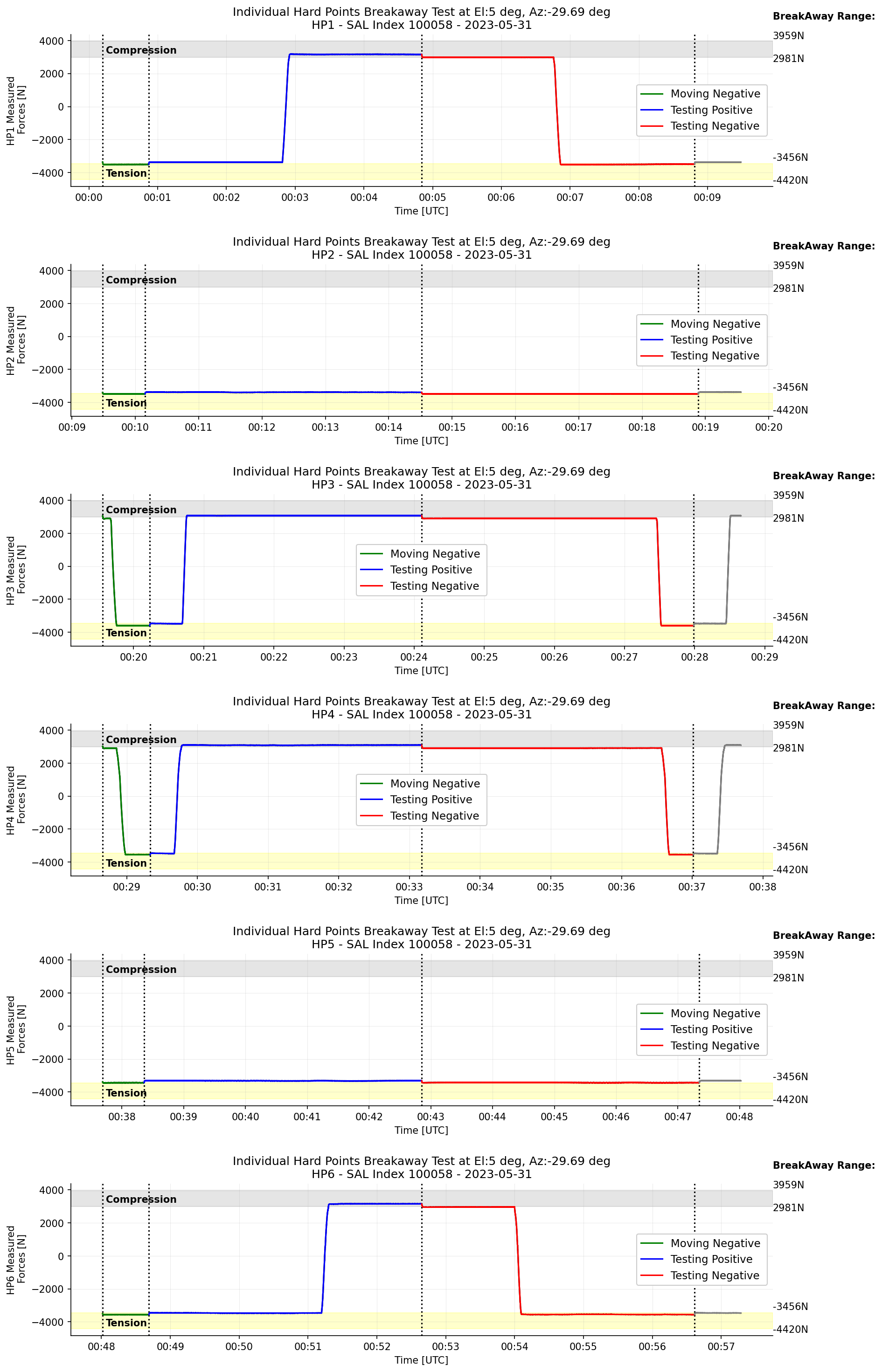
Fig. 16 Transition of the measured forces on each hardpoint when the TMA is at El=5deg.#

Fig. 17 \(\Delta\)Displacement versus measured forces for each phase during the hardpoint breakaway test when the TMA is at El=5 deg.#

Fig. 18 (Left) \(\Delta\)Displacement versus measured forces for each phase during the hardpoint breakaway test fit with error function (the TMA at El=5deg). (Right) The residual, a difference between data and error function, with respect to \(\Delta\)displacement#
5.7 HP Test at el 1 deg#
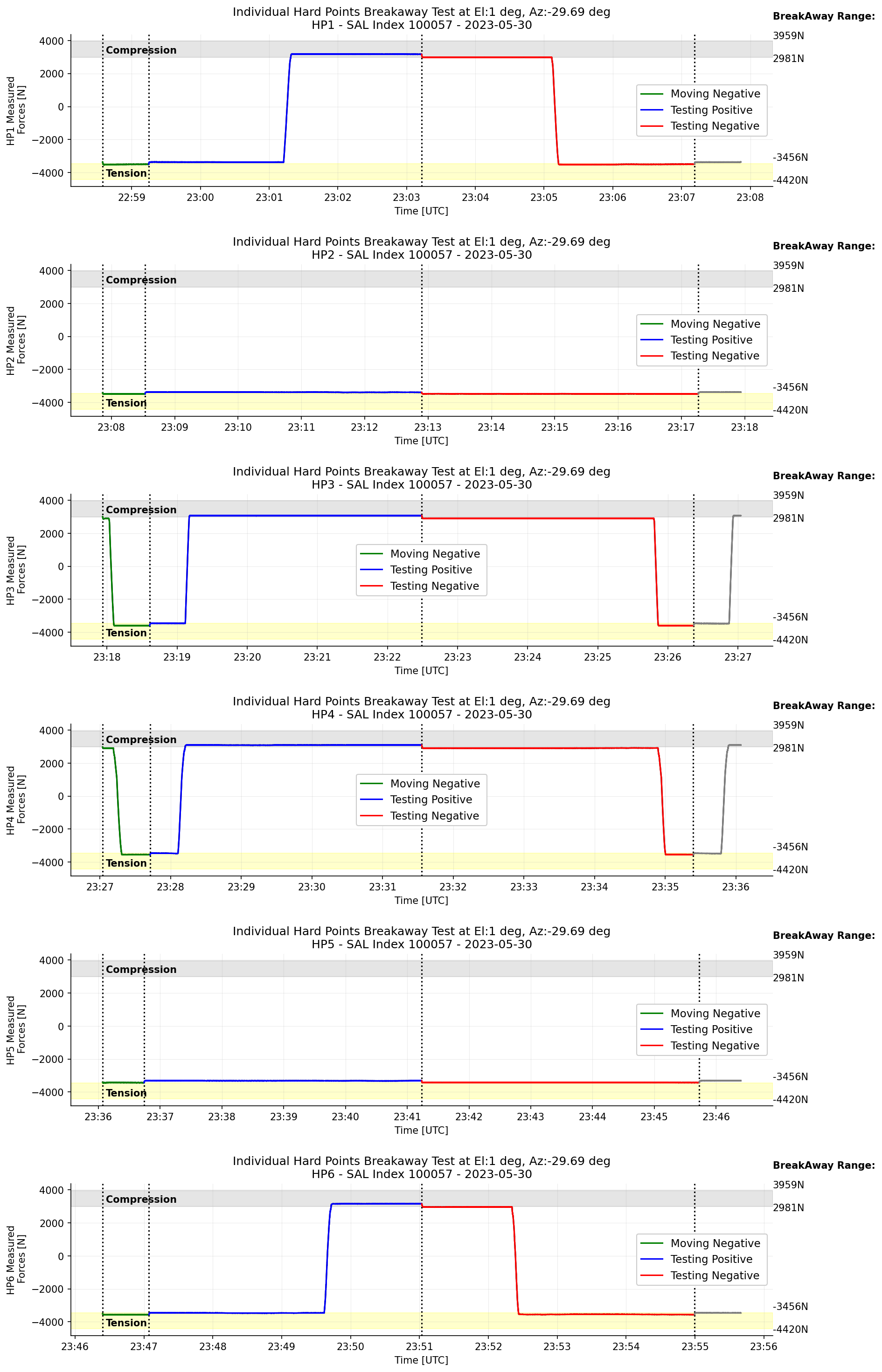
Fig. 19 Transition of the measured forces on each hardpoint when the TMA is at El=1deg.#

Fig. 20 \(\Delta\)Displacement versus measured forces for each phase during the hardpoint breakaway test when the TMA is at El=1 deg.#

Fig. 21 (Left) \(\Delta\)Displacement versus measured forces for each phase during the hardpoint breakaway test fit with error function (the TMA at El=1deg). (Right) The residual, a difference between data and error function, with respect to \(\Delta\)displacement#
6 Summary and Conclusions#
6.1 Results of HP Test#
Test Result and Interpretation
The breakaway happens in the required range (tension: -4420 - -3456N, compression: 2981 - 3959N) for all hardpoints at all elevations this verifies the requirements
LVV-11188 LTS-88-REQ-0019-V-01: 3.7.1.5.2 Load Limiting Axial Breakaway Mechanism Limits_1
LVV-11190 LTS-88-REQ-0020-V-01: 3.7.1.5.3 Load Limiting Axial Breakaway Mechanism Limits_1
References
Felipe Daruich, Douglas Neill, Michael Warner, Edward Hileman, Myung Cho, Christoph Dribusch, Constanza Araujo, Michael Booth, Christopher Contaxis, Ron Harris, Brian Johnson, Garry Knight, Neill Mills, Gary Muller, Edward Stover, Oliver Wiecha, and Bo Xin. LSST M1M3 active mirror support system optimized to accommodate rapid telescope motions. In Heather K. Marshall and Jason Spyromilio, editors, Ground-based and Airborne Telescopes VII, volume 10700 of Society of Photo-Optical Instrumentation Engineers (SPIE) Conference Series, 107003G. July 2018. doi:10.1117/12.2313724.